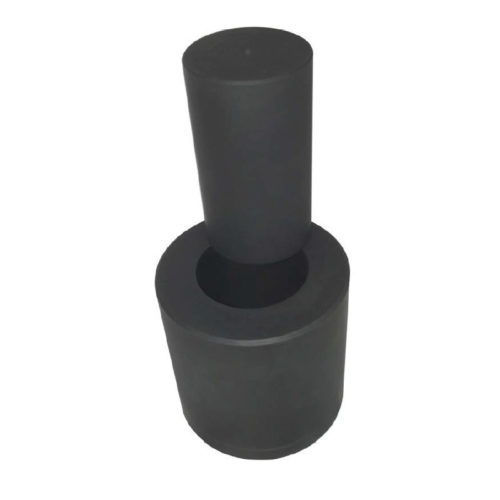It’s 4:00 am, there is a test in four hours. You still have to shower, make coffee, feed the dog, get the kids to school, and drive 45 minutes to the testing facility. That leaves you with 13 minutes and 27 seconds to understand proppants.
Don’t worry, there is only two things that you must know about proppants and why they work.
- Proppants’ first job is to open the earth below and keep it open (“Prop” it open).
- After the proppants accomplish the first job, their second job is to allow the gases and liquids to flow back to well head. They need to keep the well permeable.
Done with at least 6 minutes to spare.
Bad news, the world of proppants can be a lot more complicated than that. Good news, you don’t actually have to take that test.
One of the more difficult things about hydraulic fracking is understanding what is actually happening several thousand feet under the ground. Cameras do not work under those harsh conditions, and you definitely cannot send someone down to watch.
The easiest and most cost effective way of understanding things we cannot see is to model key aspects of the environment below the surface of the Earth.
One test mimics the pressures of 2-3 miles of dirt, rocks and water, ISO/API’s Proppant Crush-Resistance Test. This puts the proppants under different pressures and checks proppants’ resilience to these forces.
The test starts by prepping the proppants to make sure there are no particles smaller than a 200 US mesh screen. Then the sample of the proppant is placed onto a smooth steel plate within a cylinder. A piston is used to apply and hold specific pressures for two minutes. These pressures start at 2,000 PSI and step up every 1,000 PSI.
After performing the test, the proppants are sieved to see how many particles pass through the 200 mesh.
What does this show? Before the pressure was applied, the proppant sample was sieved, removing all particles smaller than 200 mesh. If any new particles pass through the 200 mesh sieve after the test, it was due to the proppant literally crumbling under the pressure. When the crushed, pulverized, and destroyed particles surpass 10% of total weight of the sample, the proppant is considered unusable at those pressures.
When the individual grains of the proppant crumble, break, and fail, they leave behind small broken glass-like pieces. These shards block the passage of the oil and gas through the proppant, not allowing the well to produce as much of the commodity as it could. Also, the irregular shape of the shards do not add any strength to the other proppants in the area. Meaning the other particles have to hold more weight. With the increased weight, the greater chance the other particles also crumble, break and fail. It becomes a feedback loop that causes less output in the real world.
Now enter microproppants. Microproppants are particles smaller than US Sieve 140 mesh. What else is smaller than US Sieve 140 mesh? US Sieve 200 mesh.
The ISO/API crush-resistance test removes would be microproppants before it can be evaluated. Making this test as-is, irrelevant to evaluate microproppants. The solution to adjusting ISO/API crush-resistance test would be to lower the sieve size to a US Sieve 270 mesh or 325 mesh depending on the microproppant.
Unfortunately, not everyone that makes decisions on the best proppant for their wells understands the ins and outs of this process. Those that depend heavily on ISO/API’s method to discern what is a good or bad proppant when looking at microproppants might miss out because of the bureaucratic nature of depending on specification sheets.
Another quagmire with microproppants as an emerging technology is silica flour. Silica flour is being pushed as a microproppant.
What is silica flour? Silica flour is where silica sand is crushed, pulverized, and destroyed in a milling process. Silica flour is the exact particle that ISO/API’s crush-resistance test looks for.
Silica flour fails at proppants’ first two jobs of holding open the shale and allowing the petroleum to pass through it.
When evaluating possible microproppants, look for wholegrain products. Ask for ISO/API results for the microproppant. If there are no results, it shows that the microproppant cannot pass the tests at any capacity.
Microproppants are a new and exciting development in the oil and gas world, but be careful when deciding what to use for the horizontal wells.


Comments are closed